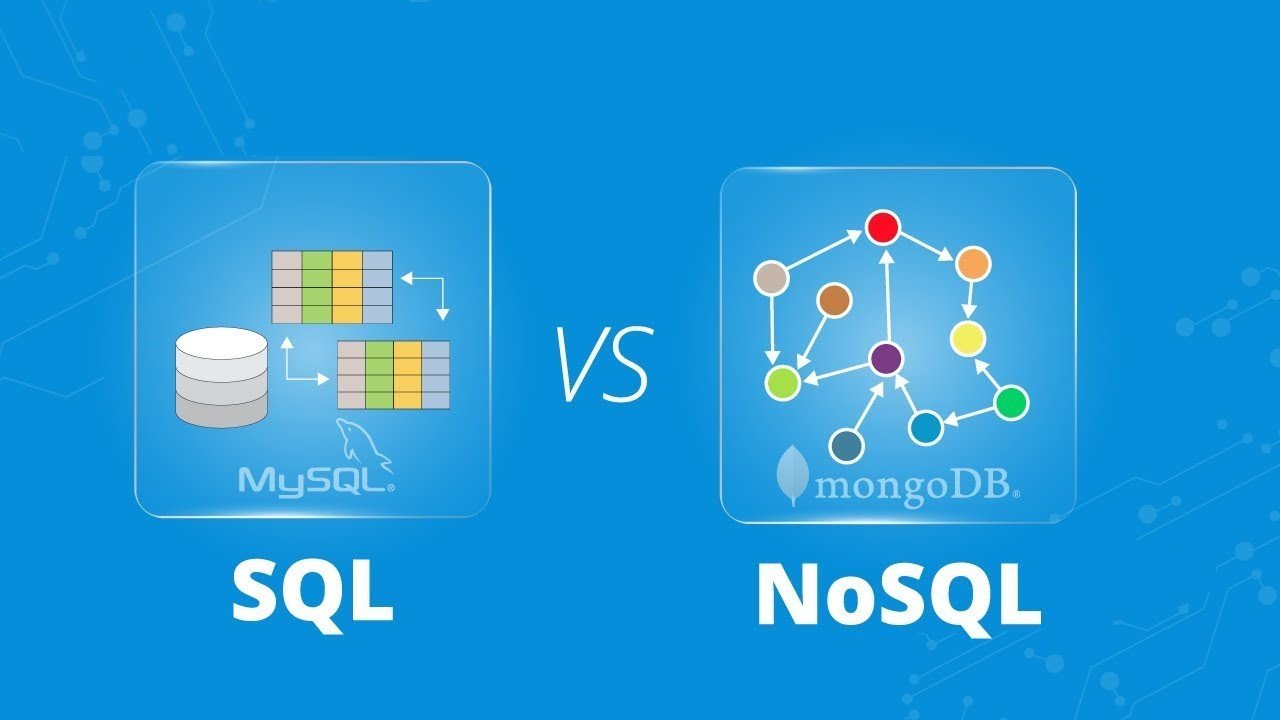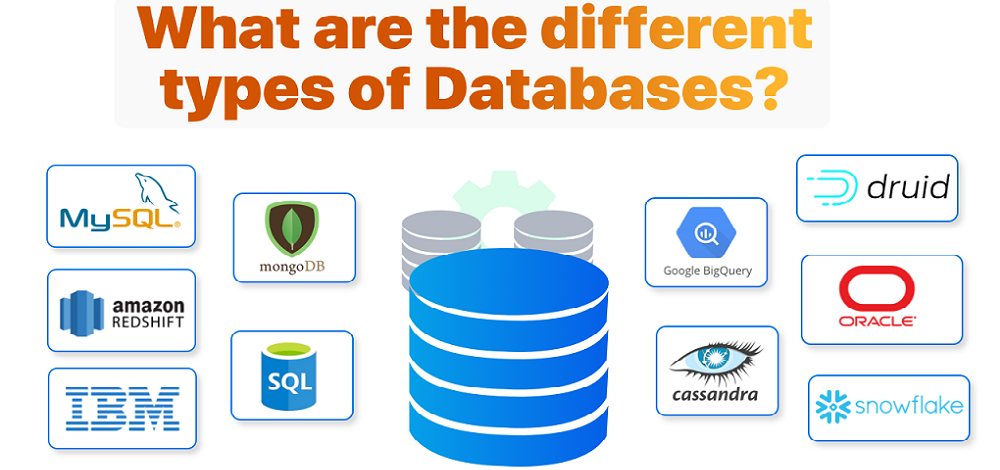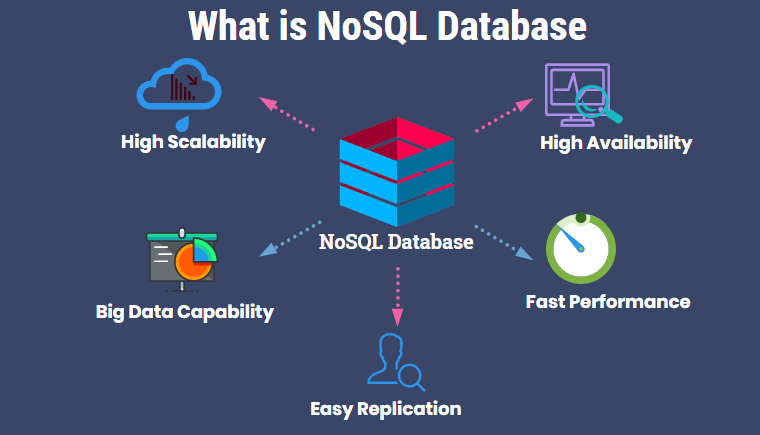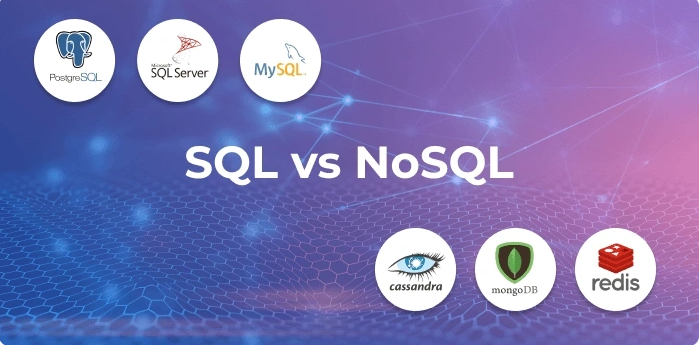Why Database Hosting
Database hosting refers to the practice of storing and managing databases on servers provided by a third-party hosting service.
Instead of setting up and maintaining your own database infrastructure, you can opt for a hosting service that takes care of the hardware, software, and maintenance tasks, allowing you to focus on using the database for your applications or website.
- Hosted database
is any database that is stored on servers owned and managed by a third-party company. This includes the database, secure access, monitoring, and availability.
Product Category: Hosting > Product Name: Database Hosting
Product Description
In database hosting, a third party offers the hardware and infrastructure to run a database of the client’s choosing, often in the cloud. They also configure the environment for secure access, ensure resources are available to scale the database as needed, and offer managed services based on requirements.
Benefits of database hosting-
- Automatic scaling: increasing and decreasing based on demand.
- Ability to customise what database is used and level of support and maintenance.
- Provides incident response plans that include monitoring.
- Offers high availability, meaning no downtime for users.
- No need to pay for and maintain expensive hardware.
Comparison of SQL vs NoSQL

| SQL | NoSQL | |
|---|---|---|
| Definition | Stands for Structured Query Language | Stands for Not Only SQL |
| Design for | Relational database management system (RDBMS)used to analyze and get data for further insights. They are used for OLAP (online analytical processing) systems. | Non-relational database management system were developed in response to the demands presented for the development of the modern application. |
| Query Language | Structured query language (SQL) | No declarative query language |
| Database Type | Data is stored in tables with columns and rows | NoSQL databases can be document based, key-value pairs, graph databases |
| Best Used for | Follows ACID properties (Atomicity, Consistency, Isolation, Durability) for transaction management | Base (Basically Available, Soft state, Eventually Consistent) is a model of many NoSQL systems. Does not necessarily follow ACID properties |
| Key Focus | Reducing Data Duplication | Scaling & Rapid Application Change |
| Data Storage | SQL databases are not suitable for hierarchical data storage. | More suitable for the hierarchical data store as it supports key-value pair method. |
| Structure | Table-based |
|
| Scalability | Designed for scaling up vertically by upgrading one expensive custom-built hardware | Designed for scaling out horizontally by using shards to distribute load across multiple commodity(inexpensive) hardware |
| Data Storage Model | Tables with Fixed Rows and Columns | Document: JSON Values; Key Value:key-value pairs;Wide-column:tables with rows and dynamic columns;Graph: nodes and edges |
| Schemas | Rigid | Flexible |
| Variations | One type with minor variations. | Many different types which include key-value stores, document databases, and graph databases. |
| Strength |
|
|
| Development | Developed in the 1970s to deal with issues with flat file storage | Developed in the late 2000s to overcome issues and limitations of SQL databases. |
| Consistency | Configured for strong consistency. | It depends on DBMS as some offers strong consistency like MongoDB, whereas others offer only offers eventual consistency, like Cassandra. |
| Open-source | A mix of open-source like Postgres & MySQL, and commercial like Oracle Database. | Open-source |
| Data structure | Uses normalized data structure | Uses denormalized data structure |
| Best option | When you need to support dynamic queries | When you need to scale based on changing requirements |
| Storage Type | Highly Available Storage (SAN, RAID, etc.) | Commodity drives storage (standard HDDs, JBOD) |
| Network | Highly available network (Infiniband, Fabric Path, etc.) | Commodity network (Ethernet, etc.) |
| Best features | Cross-platform support, Secure and free | Easy to use, High performance, and Flexible tool. |
| Ability to scale | Requires vertical scaling to handle large volumes of data | Horizontal scaling is possible to handle large volumes of data |
| Examples | MySQL, PostgreSQL, Oracle, SQL Server, Microsoft SQL Server | MongoDB, Cassandra, Couchbase, Amazon DynamoDB, Redis |
Database Hosting Considerations
It's crucial to thoughtfully assess several critical factors when deciding on the ideal hosting solution for your database. The hosting selection will ultimately hinge on your specific application requirements, traffic on database, budgetary limitations, and technological necessities.
Control over database configuration
When choosing your solution, be it software-as-a-service (SaaS), infrastructure-as-a-service (IaaS), or platform-as-a-service, you’ll have to figure out what in your environment you wanted automated or handled by your service provider (CSP) and what you want to govern yourself. Different solutions offer different levels of control and support.
Overhead (maintenance, operations, etc) management
The less your cloud database provider handles, the more the responsibility to keep things running falls into your lap. One of the biggest benefits of SaaS is that issues like outages are no longer the responsibility of your IT and operations teams—as they might be with your on-premises servers. The provider takes care of fixing bugs and deploying vital updates, which saves you time and money.
Continuity between on-premises and cloud (both technical and business)
Whether you’re moving away from on-premises servers entirely or adopting a hybrid DBMS, you want a cloud solution that provides continuity, that allows you to maintain your familiar architecture, and to use all of the tools that were essential to your business and your personnel. PostgreSQL makes your transition to the cloud smoother, and allows all your users to hit the ground running once there.
Level of support and expertise
Moving to the cloud can be a daunting undertaking, and having experts in your corner simplifies and accelerates the process immensely. But that expertise shouldn’t stop once you reach your destination. Having dedicated support teams on hand to address your questions and concerns ensures that you’re always getting the most out of your cloud investments. When we talk to our customers, JoinIndia’s round-the-clock support always comes up.
Level of control/security
Self-hosted, or on-premises, hosting is better for companies who want maximum control over users, security, and disaster recovery plans. They also allow for complete control over tools and monitoring used. Although hosted database solutions allow some flexibility, the hosting company will still have some limitations.
Database technologies
Although most types of relational and non-relational databases can be hosted with modern technologies, it is still worth considering whether the technology stack you are using, including databases and tooling, can be hosted.
Cost
Although the costs can vary for hosted databases, depending on the depth and detail of the service, such as additional security or monitoring plans, it is still more expensive to host databases on-premises because of the cost of electricity, cooling, hardware, space, and internet connectivity.
Cloud database providers
Database hosting providers, however, are in plentiful supply all over the world. The largest hosting providers are Amazon Web Services (AWS), Microsoft Azure, and Google Cloud Platform (GCP), and there are many local and regional providers as well.
Database Management System Comparision
| Database Type | Licensing | Scalabilty | Learning Curve | |
|---|---|---|---|---|
| MySql | SQL | GNU Generally Public License | Vertical, Complex | Mild |
| MariaDB | SQL | GNU Generally Public License | Vertical | Mild |
| Oracle | Multi-model SQL | Proprietary | Both ( Vertical and Horizontal ) | Hard |
| PostgreSQL | Object-relational , SQL | Open-source | Vertical | Hard |
| MSSQL | T-SQL | Proprietary | Vertical, Complex | Hard |
| SQLite | SQL | Public Domain | Vertical | Mild |
| MongoDB | NoSQL, document Oriented | SSPL | Horizontal | Mild |
| Redis | NoSQL, key-value | Open-source BSD 3-clause | Horizontal | Mild |
| Cassandra | NoSQL, wide-column | Open-source | Horizontal | Mild |
| Elasticsearch | NoSQL, document Oriented | Open-source | Horizontal | Mild |
| Firebase | NoSQL, real-time database | Open-source | Horizontal | Mild |
| Amazon DynamoDB | NoSQL, key-value | Proprietary | Horizontal | Mild |

F.A.Q
Frequently Asked Questions
Clear your Doubts Right Now.
-
What is a Data?
Data is a collection of a distinct small unit of information. It can be used in a variety of forms like text, numbers, media, bytes, etc. it can be stored in pieces of paper or electronic memory, etc. Word 'Data' is originated from the word 'datum' that means 'single piece of information.' It is plural of the word datum. In computing, Data is information that can be translated into a form for efficient movement and processing. Data is interchangeable.
-
What is a Databases?
A Database is a collection of interrelated data, typically stored according to a data model. Typically, the data is used by one or several software applications via a DBMS. Collectively, the database, the DBMS, and the software application are referred to as a database system.
-
What is a database management system?
A Database Management System (DBMS) is a specialized software designed to store, retrieve, and manipulate data. It acts as a mediator between the database, applications, and user interfaces to manage and organize data effectively.
-
What Are The Various Types of Databases?
Designing different types of databases lie at the core of the functionality that they provide to the users. Since data is a dynamic entity, the way it is stored varies a lot. It is also the reason behind companies designing their own types of databases that comply with their needs.
- Hierarchical databases
- Network databases
- Object-oriented databases
- Relational databases
- NoSQL databases
-
How are database resources calculated?
The database tier you select has a predefined amount of CPU, RAM, and storage. You’re billed for the use of these resources.
-
What is a hosted database?
A hosted database is any database that is stored on servers owned and managed by a third-party company. This includes the database, secure access, monitoring, and availability.
-
What is a SQL database?
SQL database or relational database is a collection of highly structured tables, wherein each row reflects a data entity, and every column defines a specific information field.
Relational databases are built using the structured query language (SQL) to create, store, update, and retrieve data. Therefore, SQL is the underlying programming language for all relational database management systems (RDBMS) such as MySQL, Oracle, MS SQL Server, IBM DB2, and PostgreSQL, among others. -
What is a NoSQL database?
NoSQL databases are not relational, so they don’t solely store data in rows and tables. Instead, they generally fall into one of four types of structures:
- Column-oriented, where data is stored in cells grouped in a virtually unlimited number of columns rather than rows.
- Key-value stores, which use an associative array (also known as a dictionary or map) as their data model. This model represents data as a collection of key-value pairs.
- Document stores, which use documents to hold and encode data in standard formats, including XML, YAML, JSON (JavaScript Object Notation) and BSON. A benefit is that documents within a single database can have different data types.
- Graph databases, which represent data on a graph that shows how different sets of data relate to each other. Neo4j, RedisGraph (a graph module built into Redis) and OrientDB are examples of graph databases.
MongoDB, Redis, FaunaDB, CouchDB, Cassandra, Elasticsearch, Neo4j, and HBase -
How are database resources calculated?
The database tier you select has a predefined amount of CPU, RAM, and storage. You’re billed for the use of these resources.
-
What are Relational Databases?
Relational databases use Structured Query Language (SQL) to store and retrieve data in rows and tables. These systems connect information from various tables with keys — unique identifiers that the database assigns to rows of data in tables. Primary keys and foreign keys facilitate this process.





